AI Chatbots as Employees: The Future of Work Revolution
Introduction
The landscape of work is rapidly evolving, with artificial intelligence (AI) at the forefront of this transformation. As the world becomes increasingly digitized, the possibility of integrating AI chatbots into organizational structures as employees is gaining traction. This revolutionary concept may redefine traditional roles and create a new era of workplace efficiency and productivity.
Why AI Chatbots in the Org Chart?
AI chatbots have transcended their initial roles as simple customer service tools. Today, they embody sophisticated, intelligent systems capable of handling complex tasks. Here’s why integrating AI chatbots into the org chart could be a game-changer:
- 24/7 Availability: AI chatbots work tirelessly without the need for breaks, ensuring round-the-clock productivity.
- Efficiency and Speed: They can process data and make decisions faster than their human counterparts, significantly speeding up workflows.
- Cost-Effectiveness: With AI chatbots handling repetitive tasks, human employees can focus on more strategic, high-value activities, potentially reducing operational costs.
Enhanced Customer Experience
One of the most immediate impacts of AI chatbots in the workplace is the enhancement of the customer experience. Chatbots can handle inquiries, resolve issues, and even make product recommendations in real-time.
- Personalized Interactions: AI chatbots utilize machine learning to understand and anticipate customer needs, providing tailored solutions.
- Immediate Response: Customers no longer have to wait for human assistance, resulting in higher satisfaction rates.
Collaborative Work Environment
Imagine a workplace where humans and AI chatbots collaborate seamlessly. This hybrid workforce model can lead to significant improvements in various domains:
- Data Management: AI chatbots can handle data entry, analysis, and reporting, freeing up employees to interpret and act on these insights.
- Project Management: AI chatbots can assist in tracking project milestones, deadlines, and even suggest optimal resource allocation.
- Human Resources: From onboarding new employees to handling routine HR queries, AI chatbots can streamline HR operations.
Talent Augmentation
Instead of replacing human workers, AI chatbots can augment their capabilities. This concept, known as talent augmentation, allows employees to leverage AI tools to enhance their own performance:
- Skill Development: AI chatbots can provide personalized training programs and resources, facilitating continuous learning and development.
- Enhanced Decision-Making: By providing data-driven insights, AI chatbots enable employees to make more informed decisions.
Challenges and Considerations
While the benefits of integrating AI chatbots into the organizational structure are vast, several challenges and considerations must be addressed:
- Data Privacy: Ensuring the security and privacy of sensitive data handled by AI chatbots is paramount.
- Workplace Dynamics: The introduction of AI chatbots may affect workplace dynamics and employee morale, necessitating effective change management strategies.
- Regulatory Compliance: Organizations must navigate the complex landscape of regulations surrounding AI and data usage.
Ethical Considerations
Ethics play a crucial role in the deployment of AI chatbots as employees:
- Bias and Fairness: Ensuring AI chatbots operate without inherent biases is essential for fair treatment of all individuals.
- Transparency: Organizations must be transparent about the extent to which AI is used in their operations.
The Future of Work
The integration of AI chatbots into the org chart is more than just a technological shift; it signifies a fundamental transformation in how work is perceived and conducted:
- Reskilling and Upskilling: As AI takes over routine tasks, there will be a growing emphasis on reskilling and upskilling the human workforce.
- New Job Roles: New roles that combine AI and human skills will emerge, creating opportunities for innovation and creativity.
- Flexible Work Arrangements: The flexibility offered by AI chatbots can lead to more adaptive and responsive work environments.
Adapting to Change
Organizations must be proactive in adapting to this change:
- Strategy and Vision: A clear strategy and vision for integrating AI into the org chart are essential.
- Employee Engagement: Engaging employees in the process and addressing their concerns will foster a positive transition.
- Continuous Improvement: Regularly evaluating and refining the role of AI chatbots will ensure they add value consistently.
Conclusion
The idea of AI chatbots as employees is no longer a futuristic concept; it is becoming a reality that holds immense potential for transforming the workplace. By embracing this revolution, organizations can unlock unprecedented levels of efficiency, collaboration, and innovation. However, achieving this vision will require a balanced approach that addresses technological, ethical, and human factors. As we move forward, the integration of AI chatbots into the org chart may very well define the future of work, heralding a new era of productivity and progress.

0 Comments